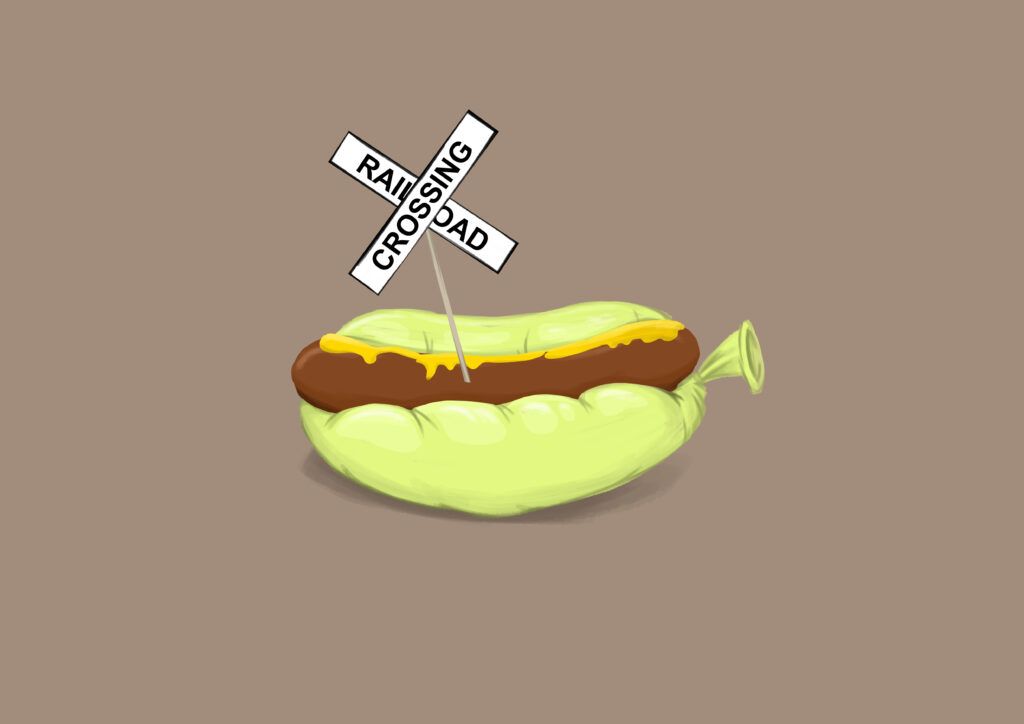I came of age in the urban north.
Chicago.
Low-slung ranch houses
jostled for place in line
with two-story square, symmetrical Georgians,
creating the linear order of the neighborhood in which I grew.
Row after row of homes
with bare cement alleys
and identical squares of monotone green grass
provided the backdrop for all my daily relationships.
Joyful and contentious.
Amiable and adversarial.
Men, carrying brief cases or wearing work boots,
left the neighborhood in masse early in the morning,
leaving behind wives and children
to roam the explicit boundaries of their independence.
Railroad tracks to the west,
busy streets to the north, east and south.
Once a year, friends and squabbling neighbors alike
came together to eat hot dogs,
toss water balloons
and share stories under the bright summer sun.
For all our differences,
we looked remarkable alike.
Our histories and futures merged and intersected
at multiple possible points.
At school or at church.
In ethnicity or in levels of discretionary income.
The monotone green of the grass of our front lawns
echoed the uniform color of our skin.
A hodgepodge of many different neighborhoods,
Chicago,
was geographically bifurcated
into the northside and the southside,
my side and the other side,
the Cubs and the Sox.
I grew up on the northside, my side,
rooted for the Cubs
and rode the Red Line to State Street
to visit with Santa who resided in Marshall Field’s
while, along with thousands of other Chicagoans,
munching on our city’s unique take on pizza and popcorn.
Downtown, I mingled with people from across the city,
but always returned to the confines of my own community.
I didn’t see the invisible walls surrounding my neighborhood,
shutting certain people out
and keeping other people in,
limiting possibilities on both sides of those walls.
The Segregated North

Illustration by Allen B. Thangkhiew
Posted On: August 7, 2024
